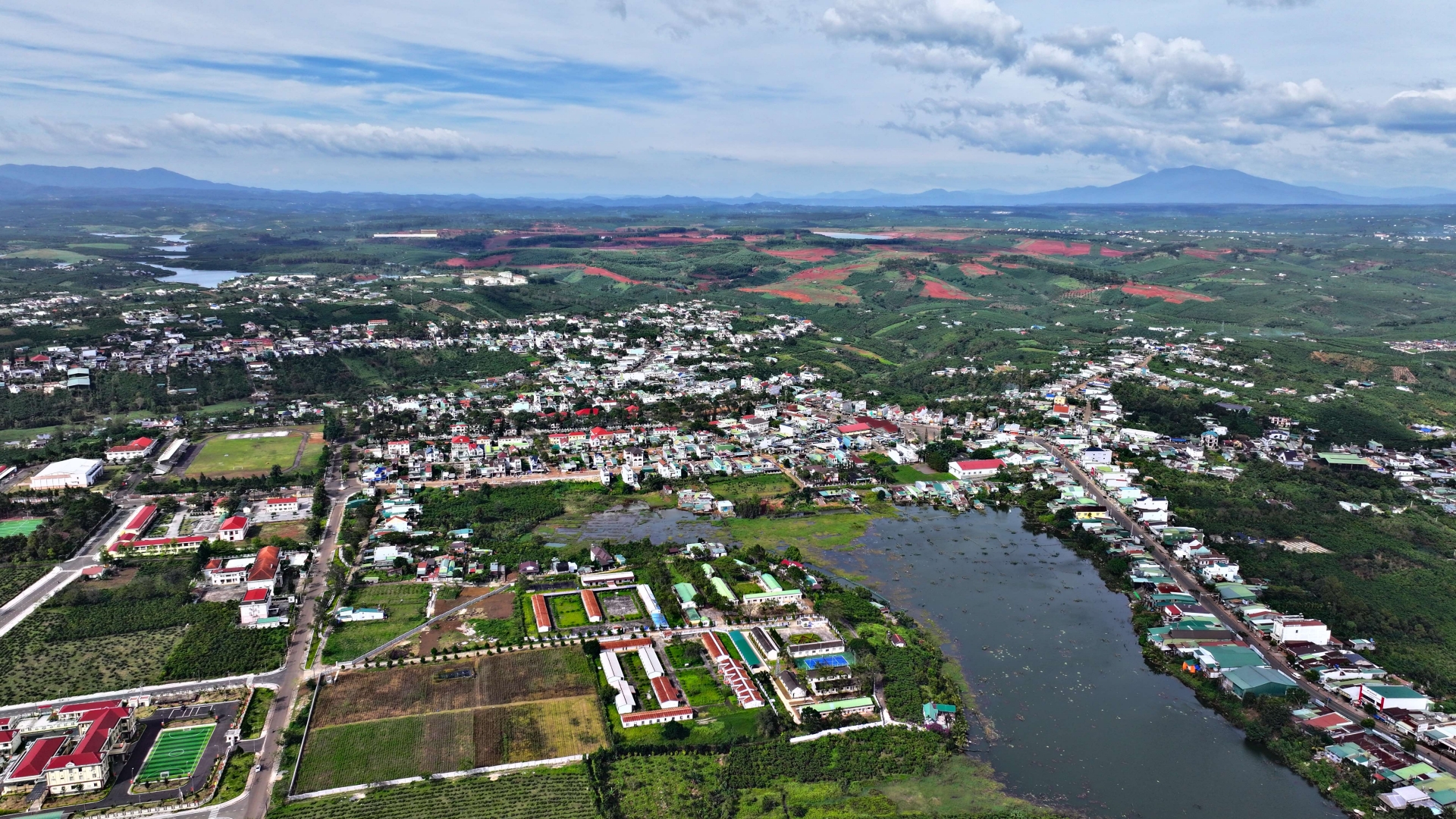 |
| Bao Lam District, Lam Dong Province is a locality with about 50% of its area included in the Mineral Planning according to Decision 866. |
The conflicts between mineral planning and other planning according to the Ministry of Industry and Trade have caused difficulties in the implementation of many projects and works, affecting local socio-economic development.
According to the Ministry of Industry and Trade, localities have disseminated the contents of the Mineral Planning (approved under Decision 866/QD-TTg dated July 18, 2023) to businesses and departments. However, when implementing specifically, many provinces and cities discovered overlaps between the mineral planning and higher-level planning such as land use planning, forestry, and national transport network. This has changed some of the objectives and contents of the Mineral Planning, so it is necessary to adjust the planning to avoid problems during the implementation process.
In the above-mentioned plans, the natural land area of localities is planned and allocated for use according to land groups based on the purpose of use, including: Agricultural land, non-agricultural land, unused land...; in which, land for mineral activities belongs to the group of non-agricultural production and business land, which is not consistent with the Mineral Planning and other plans, leading to the total land area for mineral activities not matching the total land area allocated according to the purpose of use in some localities, causing difficulties in implementing projects and works serving the socio -economic development of localities in the Mineral Planning area.
The main reason, according to the Ministry of Industry and Trade, is the contradiction between the Mineral Planning and national-level planning such as land use planning, forestry, energy, etc. Because the total land use quota has been specifically allocated by the National Assembly and the Government, when the Mineral Planning encroaches on other types of land, localities cannot implement projects in accordance with the law.
In addition, new legal documents such as Law No. 57/2024/QH15 and Law on Geology and Minerals No. 54/2024/QH15 have also changed the content of the Mineral Planning. Accordingly, coal minerals will be transferred from the energy planning to the Group I mineral planning; natural mineral water and hot water will be removed from the Group I mineral planning and handed over to local management.
Faced with the above situation, the Ministry of Industry and Trade proposed to adjust the planning according to the shortened procedure prescribed in Article 54a of the 2017 Planning Law, supplemented by Law 57/2024/QH15, to save time and conform to the technical nature of national sectoral planning.
In Lam Dong, the two component projects of the Tan Phu - Bao Loc and Bao Loc - Lien Khuong expressways, which are expected to promote economic development in the Central Highlands, are also facing many difficulties and problems related to the bauxite mineral planning area. Statistics show that the whole province has nearly 70,200 hectares of land in the mineral planning area, causing many projects such as resettlement areas, water supply plants, traffic infrastructure, etc. to be delayed or have the time to study and complete documents to apply for procedures with competent authorities according to regulations.
In Bao Lam district alone, more than 51,000 hectares of land, accounting for more than half of the district's total area, were included in the mineral planning area, directly affecting the lives of thousands of households.
To meet the land use needs for local socio-economic development, the short-term plan proposed by the Ministry of Industry and Trade requires the People's Committees of the provinces to proactively review and update the boundaries and coordinates of areas that do not contain ore bodies located in the mineral areas mobilized in Decision 866 in the area, submit to the Ministry of Agriculture and Environment for consideration and approval as well as report and recommend the Ministry of Industry and Trade to consider and remove these areas from the Mineral Planning and adjust related contents in the Mineral Planning Implementation Plan.
According to the Ministry of Industry and Trade, the proposed adjustment of mineral planning is based on ensuring the following legal principles: Not changing the approved major orientation; not deeply intervening in the content of specific projects, only orienting general mineral areas; eliminating areas that do not contain ore bodies, returning the right to adjust land use to localities; updating changes in mineral classification and legal basis according to the new law; increasing flexibility for localities, ensuring consistency with high-level and same-level planning...
Source: https://baolamdong.vn/kinh-te/202505/bo-cong-thuong-de-xuat-dieu-chinh-quy-hoach-khoang-san-theo-trinh-tu-rut-gon-8b352b3/


![[Photo] Ready for the top competitions of Vietnamese table tennis](https://vphoto.vietnam.vn/thumb/1200x675/vietnam/resource/IMAGE/2025/5/18/9c547c497c5a4ade8f98c8e7d44f5a41)

![[Photo] Party and State leaders attend the special art program "You are Ho Chi Minh"](https://vphoto.vietnam.vn/thumb/1200x675/vietnam/resource/IMAGE/2025/5/18/6895913f94fd4c51aa4564ab14c3f250)

![[Photo] Many young people patiently lined up under the hot sun to receive a special supplement from Nhan Dan Newspaper.](https://vphoto.vietnam.vn/thumb/1200x675/vietnam/resource/IMAGE/2025/5/18/6f19d322f9364f0ebb6fbfe9377842d3)



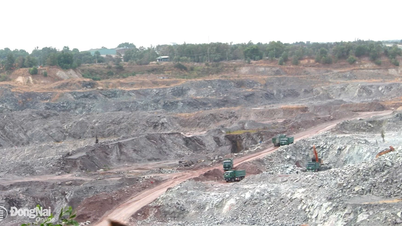
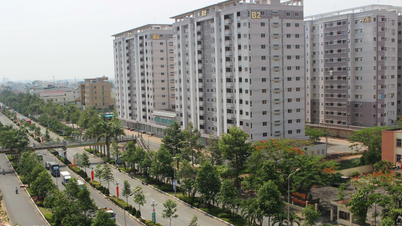


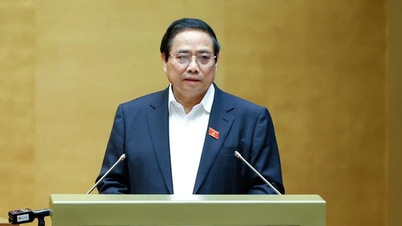








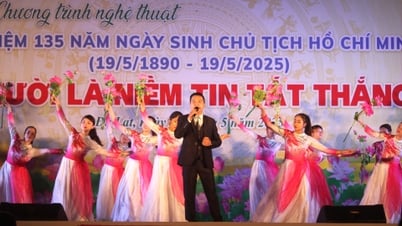
























































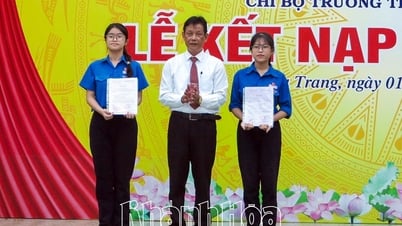










Comment (0)